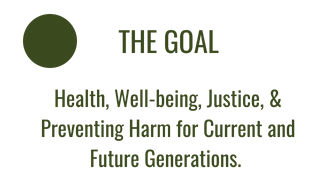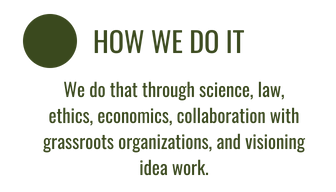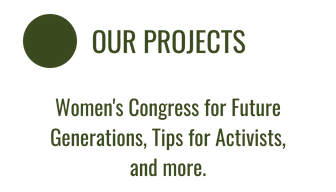Visionary Science, Ethics, Law and Action in the Public Interest
Mission
In service to communities, the Earth and future generations, the Science and Environmental Health Network forges law, ethics, and science into tools for action.
Vision
Fulfilling our responsibility to govern ourselves and our communities wisely, to create and sustain a just and healthy world now and for future generations.
SEHN was founded in 1994 by a consortium of North American environmental organizations (including the Environmental Defense Fund, The Environmental Research Foundation, and OMB Watch) concerned about the misuse of science in ways that failed to protect the environment and human health. Granted 501(c)(3) status in 1999, SEHN operates as a virtual organization, currently with six staff and seven board members working from locations across the U.S.
Since 1998, SEHN has been the leading proponent in the United States of the Precautionary Principle as a new basis for environmental and public health policy. SEHN has worked with issue driven organizations, national environmental health coalitions, municipal and state governments, and several NGO/government teams to implement precautionary policies at local and state levels.
The Network:
SEHN accomplishes its mission by
Translating law and science for the public and decision-makers.
Providing the scientific and legal tools needed to protect and restore justice and ecological wholeness.
Serving environmental, public health and environmental justice coalitions and grassroots campaigns with legal and scientific expertise.
Lifting up women’s voices and leadership to address the challenges before us.
“When an activity raises threats of harm to human health or the environment, precautionary measures should be taken even if some cause and effect relationships are not fully established scientifically. In this context the proponent of an activity, rather than the public, should bear the burden of proof. The process of applying the precautionary principle must be open, informed and democratic and must include potentially affected parties. It must also involve an examination of the full range of alternatives, including no action.”
Let's Chat.
Use the form below to contact us with your questions.






